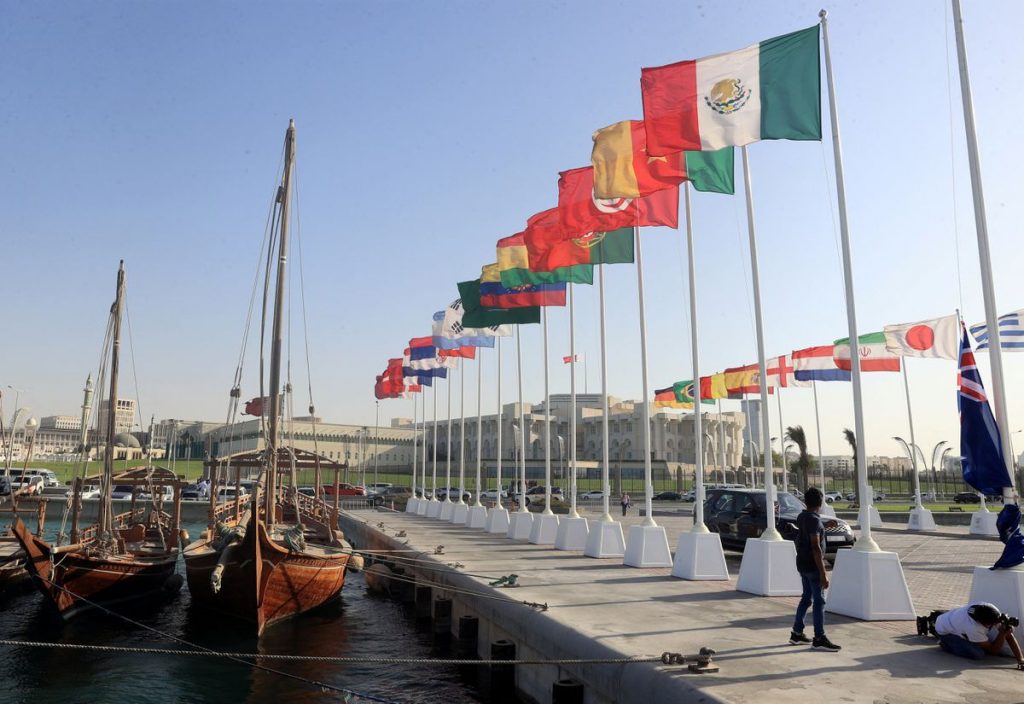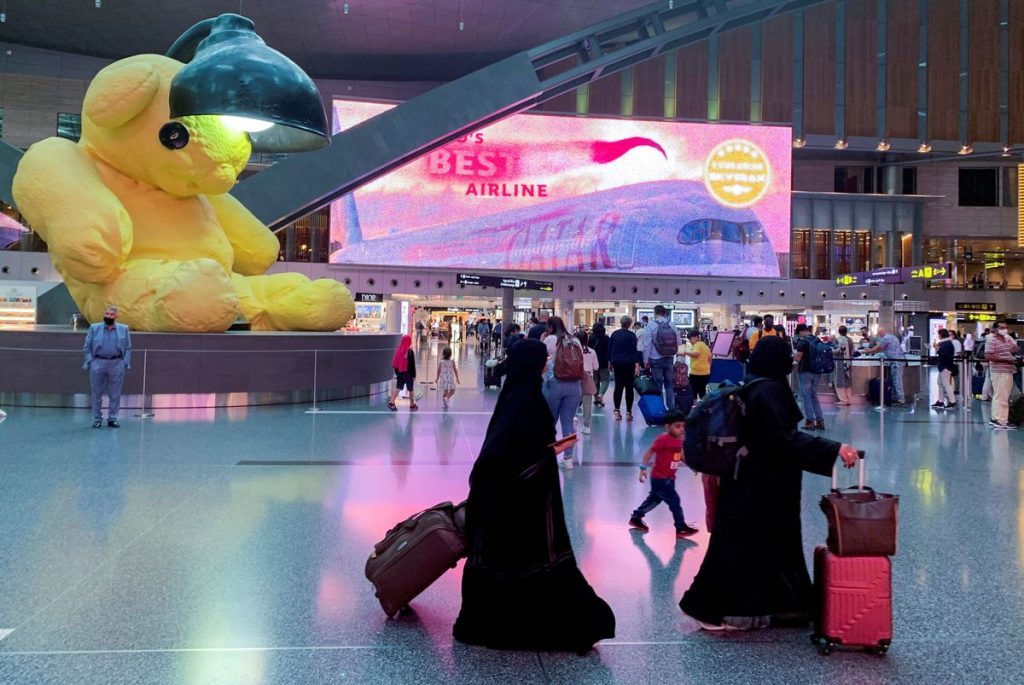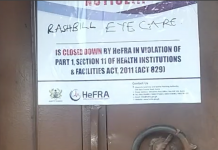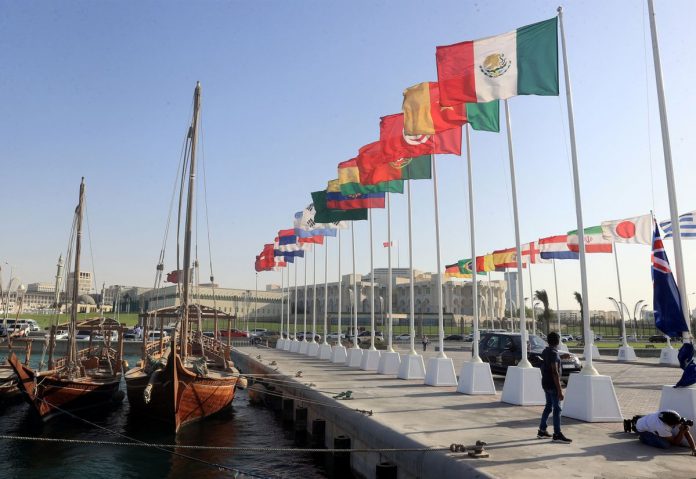The Middle East’s first ever soccer World Cup promises boom time for Dubai hotels this November, with thousands of fans expected to descend on the Gulf city due to limited accommodation in neighbouring host nation Qatar.

But the environmental costs of transporting those visitors nearly 400 km (249 miles) for match days, overwhelmingly by plane, raises further doubts over Qatar’s pledge last year to host the first ever carbon-neutral World Cup.
While more than a million soccer fans are expected to attend the tournament, Qatar had just 30,000 hotel rooms as of March. More are due to be added before the tournament kicks off on Nov. 20, but many will be occupied by soccer teams, their support staff and World Cup officials.
“We expect the traffic to be pretty big and pretty busy to and from the World Cup,” said Dubai Airports Chief Executive Paul Griffiths, predicting many fans will choose to stay in Dubai, where there are about five times as many hotel rooms – and easier access to alcohol.
State-owned Qatar Airways has helped organise a shuttle service operated by regional airlines in and out of Doha on match days from Gulf cities, including at least 60 daily flights to and from Dubai.
That raises questions over the organisers’ initial pledge to make the event carbon neutral, a large part of which they said hinged on it being centred around the capital Doha, with fans flying into one airport and staying in one location, rather than being spread across numerous cities like previous tournaments.

A June 2021 report by the Qatari organisers and governing body FIFA, covering tournament-related activities from 2011 to 2023, said the World Cup was expected to produce 3.6 million tonnes of carbon dioxide, with travel the largest contributor, accounting for 52%, due mainly to international flights.
That was produced before the shuttle services between Qatar and other Gulf states were unveiled this year.
“The immense volume of shuttle flights from neighbouring countries further undermines the organisers’ claim that having so many stadiums concentrated in a small geographical area would help reduce emissions related to air travel,” said Khaled Diab, communications director at advocacy Carbon Market Watch.

“(That) will stretch the credibility of the tournament’s elastic carbon-neutrality slogan to snapping point.”
A spokesperson for the World Cup organizer said its shuttle service enables “efficient direct flights to and from the FIFA World Cup in Qatar”, which it says are “significantly more carbon effective than flights with stopovers”.
“From the beginning of our planning… we have always aimed to welcome fans from across the GCC (Gulf Cooperation Council) region,” it said.
“As such, our greenhouse gas footprint included a proportion of fans traveling from the GCC region to attend matches. The estimation was based on number of travellers, distance and mode of transport.”
“After the tournament, we will update the carbon footprint based on actual data.”























































![[FREE FREE MONEY] Predict and Win a Guaranteed GH¢200 From Us EVERY WEEK](https://wordpress.ghanatalksradio.com/wp-content/uploads/2022/02/Predict-and-Win-Final-09-03-2021-218x150.jpg)
![[Predict & Win – 8th/Oct.] WIN A Guaranteed ¢200 From Us This Week](https://wordpress.ghanatalksradio.com/wp-content/uploads/2021/10/maxresdefault-16-218x150.jpg)
![[Predict & Win – 2nd] WIN A Guaranteed ¢200 From Us This Week](https://wordpress.ghanatalksradio.com/wp-content/uploads/2021/09/maxresdefault-50-218x150.jpg)
![[Predict & Win – 25th] WIN A Guaranteed ¢200 From Us This Week](https://wordpress.ghanatalksradio.com/wp-content/uploads/2021/09/maxresdefault-36-218x150.jpg)
![[Predict & Win – 18th] WIN A Guaranteed ¢200 From Us This Week](https://wordpress.ghanatalksradio.com/wp-content/uploads/2021/09/maxresdefault-23-218x150.jpg)









![[National cathedral] See full list of churches that have contributed since 2018](https://wordpress.ghanatalksradio.com/wp-content/uploads/2020/09/Ghana-National-Cathedral-GhanaTalksRadio-100x70.jpg)



